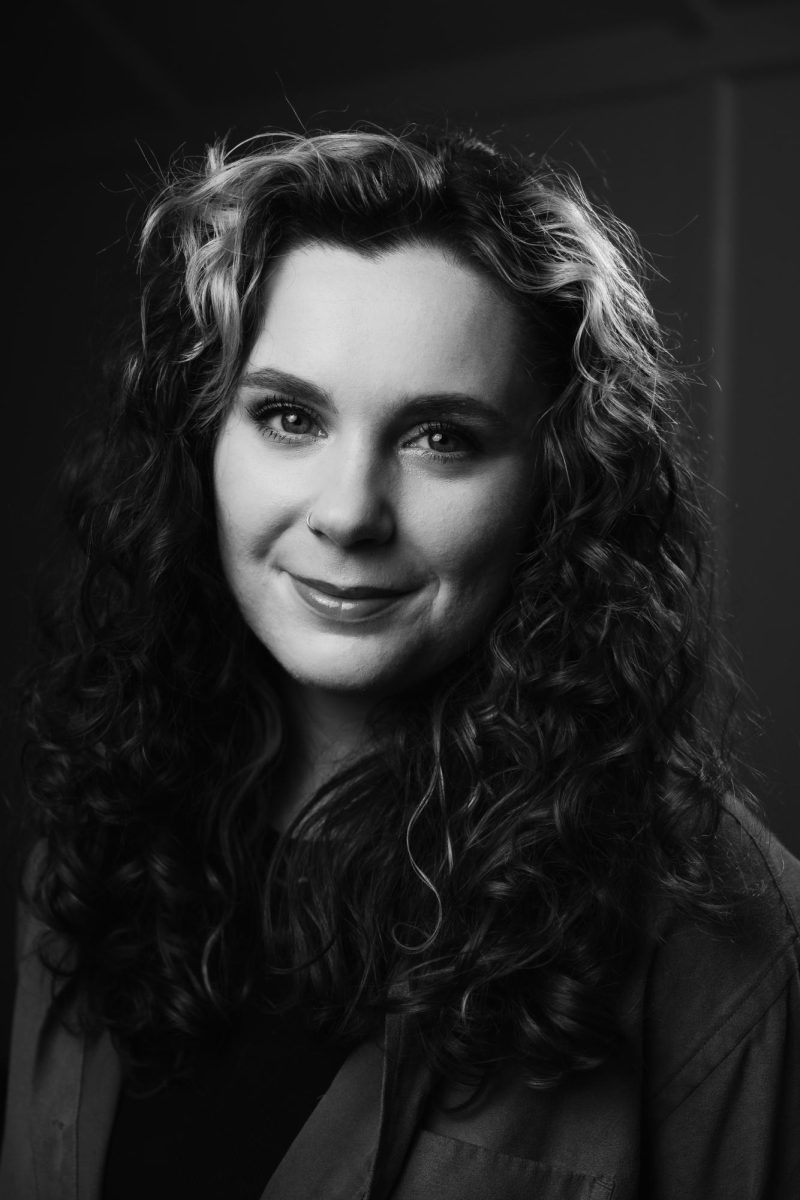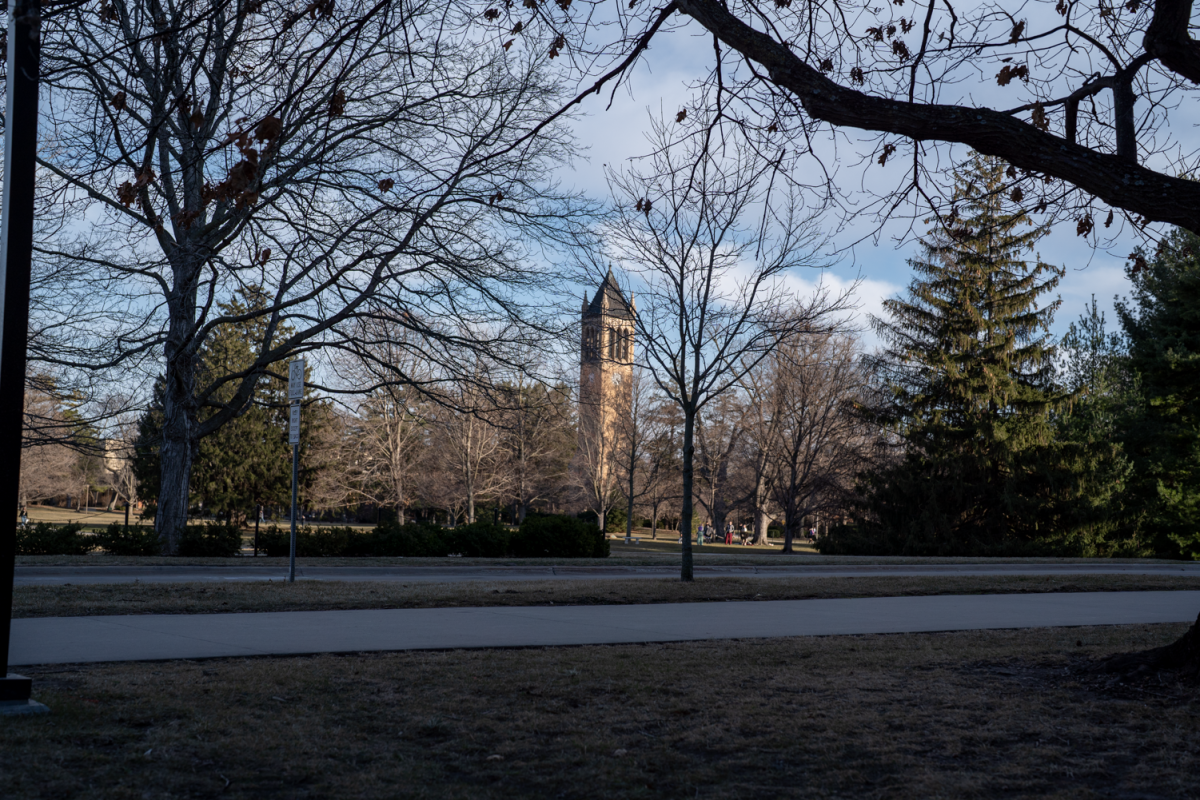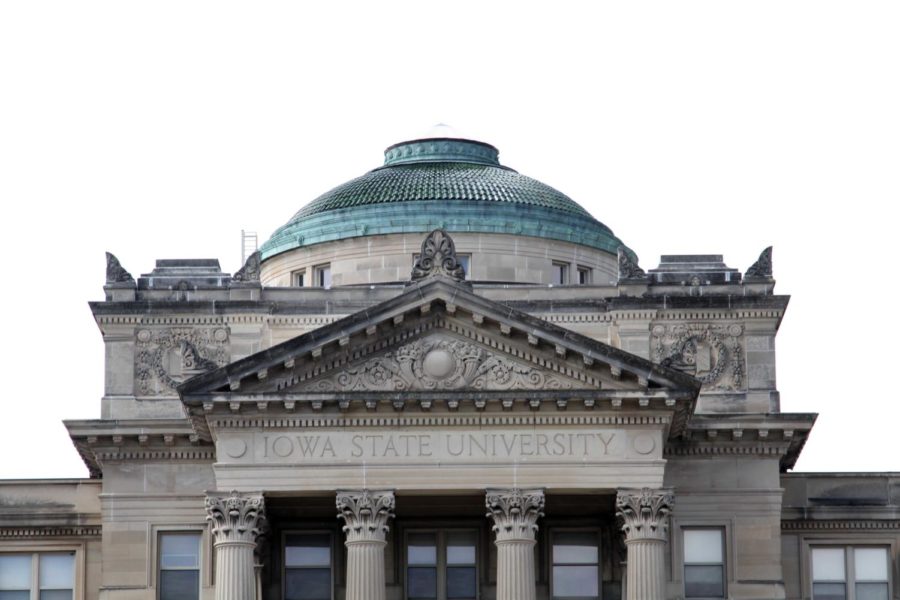Officials urge summit attendees to tackle ‘conservation challenge’
December 8, 1999
Officials at the National Summit on Private Land Conservation called for action Tuesday in the forum “Preserving the Health of the Land: America’s Conservation Challenge” in the Great Hall of the Memorial Union.
More than 600 people attended the event, including people from government and state agencies, environmental groups, U.S. Department of Agriculture personnel and the general public.
The summit allowed an open discussion to talk about issues that affect the use of private land throughout the United States. The focus was to create ideas for programs and policies to better the conservation of land, both in a national and local scope.
Gov. Tom Vilsack’s hope for the summit was that the forum would “become the beginning of a new era in conservation in our country.”
“Private lands stewardship is our last major national challenge in conservation and environmental policy,” Vilsack said.
Vilsack pointed out in his speech, addressing the issue of land conservation on a state level, that Iowa is the most developed state in the Union, and 95 percent of the state’s total land is private.
“We’ve made progress over the years,” Vilsack said, “but conservation is never done.”
These conservation concerns and successes were voiced on the national level as well.
“Conservation challenges on private land ownership are up,” said Dan Glickman, U.S. secretary of agriculture. “The summit today demonstrates the health of the working lands, which determines the health of the nation on a whole. Success for land conservation is a voluntary effort of all partners on the local, federal, nonprofit, private and business level.”
Sen. Tom Harkin, D-Iowa, spoke about conservation of farmland and the future of its usage.
“I am calling for a stronger partnership that provides improved income to farmers in exchange for higher levels of conservation on the land. We must more closely integrate conservation into our overall farm policy,” he said.
He pointed out that “for conservation to work nationally, it must work at the local level.”
“Iowa already has enrolled in 160,000 acres of conservation buffers,” Vilsack said. “We hope to increase our efforts over the next five years. Our goal is 500,000 acres by 2005.”
Vilsack hopes that this effort will “improve water quality, wildlife habitat, flood management, beauty of the landscape and farm income.”
In an effort to restore small wetlands in the prairie pothole region, a location of the state that includes Ames, Vilsack soon will apply for a Conservation Reserve Enhancement Program.
“Like the buffer initiatives, this too will improve water management, water quality, wildlife habitat, land aesthetics and farmer income,” he said.
Glickman called the summit both “a wake-up call and a call to arms.”
“Future generations won’t remember what is said here today, but rather the actions that will come from today,” he said.















